Water Scarcity: A Global Story
A United Nations report in October 2023 said that 2.2 billion people currently lack access to clean water, while 4.2 billion people lack access to basic sanitation. It is predicted that by 2030, about 60 countries will face severe water shortages. Clearly, water has become a global problem.
Even this past summer, not only Africa and the arid lands of the Middle East and South Asia, but also Europe itself fell into an unprecedented drought. Large areas of Central and Southern Europe were extremely dry due to the heat and severe lack of rain.
Much of the Czech Republic and Lithuania were hit by drought in July. The previous March saw protesters in France clash with police over the construction of reservoirs intended to help drought-stricken farms. Environmental campaigners fear the drought in these basins could cause groundwater levels to drop.
Water reserves have fallen to 41%, causing farmers to suffer severe crop failures and water cuts have been imposed in some areas of the country, according to officials in Spain. Man-made climate change has led to more heatwaves and droughts, and is one of the main reasons for the growing water crisis in Europe and around the world .
At the same time, increasing demand for resources, with industry and agriculture extracting more water from the ground, rivers and lakes than can be replenished, is also a cause of water scarcity.
According to Marc Bierkens, a hydrologist at Utrecht University in the Netherlands, industry uses half of Europe's water resources, while 40% is supplied to agriculture and the remaining 10% is used by households.
In the European Union, water scarcity affects 11% of the population. Reduced water supplies can mean households face rationing. But the problem doesn’t stop there, it also affects the energy sector.
In 2022, French authorities had to shut down several nuclear power plants because the river water used to cool them was too warm. Last year, a dry summer also reduced hydroelectric power output in Norway. Meanwhile, farmers who use water to irrigate crops were also hit hard by water shortages and drought.

Rhine water levels to drop to record low in summer 2023. Source: AP
Will “recycled water” be the answer?
One possible solution in agriculture is to use treated industrial and domestic wastewater for irrigation to protect precious freshwater supplies. This “recycled water” could be six times higher across the EU than at present.
“Freshwater resources are scarce and increasingly under pressure. In a time of unprecedented temperatures, we need to stop wasting water and use it more efficiently,” Virginijus Sinkevicius, EU Commissioner for Environment, Oceans and Fisheries, wrote in a press release.
New EU rules on minimum requirements for water reuse for agricultural irrigation came into force this summer. They require EU member states to treat public and industrial wastewater so that it can be used by farmers.
The European Commission says water treatment and reuse could replace a fifth of irrigation water currently used from groundwater in Spain and Portugal. In France, Italy and Greece, the figure could be as high as 45%. Wastewater could meet all irrigation needs in EU countries with smaller agricultural sectors.
“It all depends on the water quality,” says hydrologist Marc Bierkens. Today, large industrial facilities have their own treatment plants, which often discharge water into rivers, and “depending on the industry, treated industrial wastewater is often better than treated household wastewater.”
But this is not a one-size-fits-all solution. Using industrial and domestic wastewater for irrigation can be risky if water treatment plants cannot filter out the pollutants. These pollutants can contaminate soil and plants.
Reduce water waste
Germany's Federal Environment Agency (UBA) has criticised new EU wastewater rules, saying river levels could fall further if too little treated water from industry and cities is returned to rivers.
Cost is another factor in whether to use more recycled water in agriculture. If the transport distance from the processing plant to the field is too far, it is not profitable for the farmer. And that is often the case in countries like Slovenia, Bulgaria and Poland.
Efforts to optimize irrigation in agriculture already exist, Bierkens says. For example, efficient drip irrigation systems are better than large-scale sprinklers. But the biggest potential for water savings lies in growing less thirsty crops.
Italy is home to Europe's largest rice growing area, and rice cultivation uses a lot of water. Farmers around the Po River, Italy's farming heartland, have suffered a severe crop failure for the second consecutive year due to lack of winter snowfall in the Alps and low water levels.
Bierkens believes Italian farmers could benefit from growing corn or wheat. “Winter wheat is a less water-intensive crop,” the hydrologist said. “It also grows early and matures in early summer. So you don’t need as much water.”
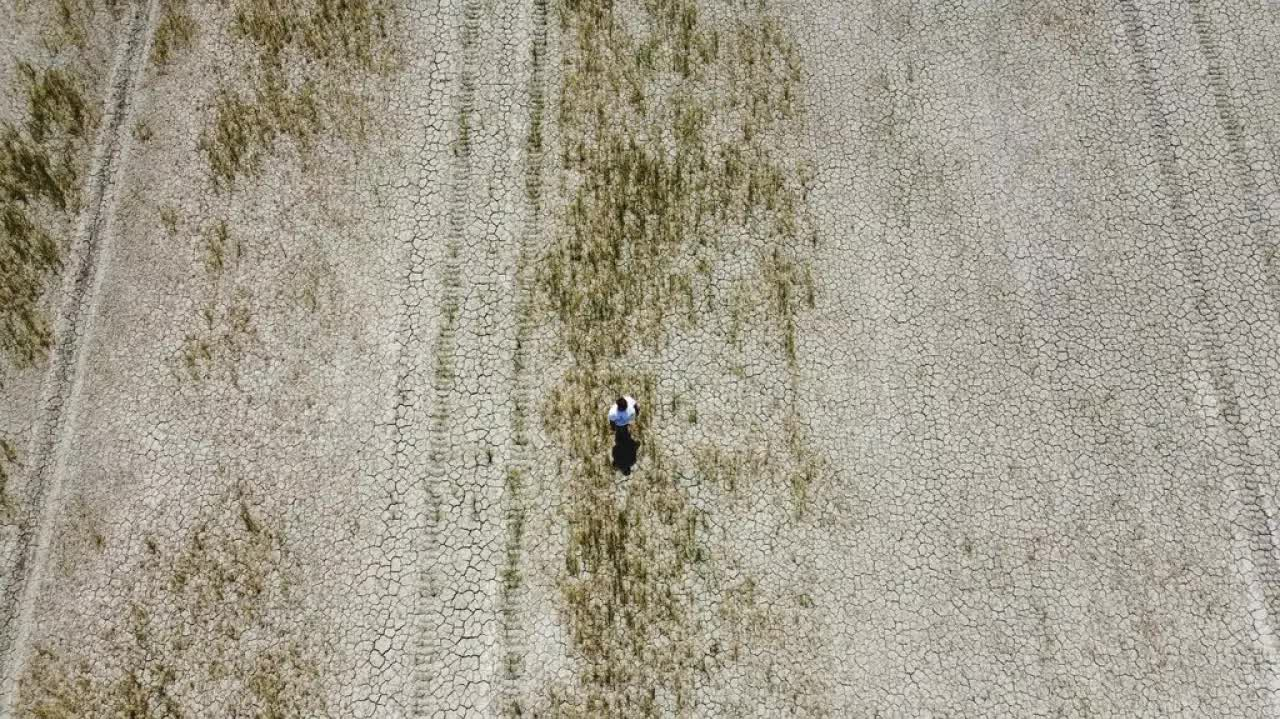
Fields in Italy are parched and cracked due to lack of water. Source: AP
Sustainable adaptation
One often overlooked way to save water is to maintain the pipes that deliver resources to homes and businesses. On average, a quarter of the EU’s freshwater is lost during its journey to the tap due to leaks and burst pipes.
Bulgaria is the EU’s worst offender. About 60% of its water is lost to leaks. In Italy, a drought hotspot, about 40% is lost. In Portugal, the rate is around 30%.
Currently, the countries most affected by drought and lack of rain – such as Spain, Italy and Bulgaria – are also the ones investing the least amount per capita in repairing leaky water infrastructure.
Combating and adapting to climate change requires innovation in both water management and agriculture. Wastewater reuse can be an important part of the solution, but must be deployed carefully to ensure it does not harm the environment and achieves maximum efficiency. At the same time, building sustainable architecture and preparing for new climate realities are also key to building a peaceful and sustainable future.
Mr. Minh
Source



![[Photo] President Luong Cuong receives President of the Cuban National Assembly Esteban Lazo Hernandez](https://vphoto.vietnam.vn/thumb/1200x675/vietnam/resource/IMAGE/2025/9/30/4d38932911c24f6ea1936252bd5427fa)
![[Photo] Solemn opening of the 12th Military Party Congress for the 2025-2030 term](https://vphoto.vietnam.vn/thumb/1200x675/vietnam/resource/IMAGE/2025/9/30/2cd383b3130d41a1a4b5ace0d5eb989d)
![[Photo] Panorama of the cable-stayed bridge, the final bottleneck of the Ben Luc-Long Thanh expressway](https://vphoto.vietnam.vn/thumb/1200x675/vietnam/resource/IMAGE/2025/9/30/391fdf21025541d6b2f092e49a17243f)
![[Photo] General Secretary To Lam, Secretary of the Central Military Commission attends the 12th Party Congress of the Army](https://vphoto.vietnam.vn/thumb/1200x675/vietnam/resource/IMAGE/2025/9/30/9b63aaa37ddb472ead84e3870a8ae825)
![[Photo] The 1st Congress of Phu Tho Provincial Party Committee, term 2025-2030](https://vphoto.vietnam.vn/thumb/1200x675/vietnam/resource/IMAGE/2025/9/30/1507da06216649bba8a1ce6251816820)
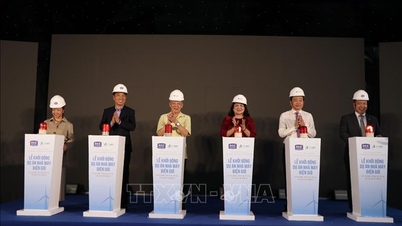



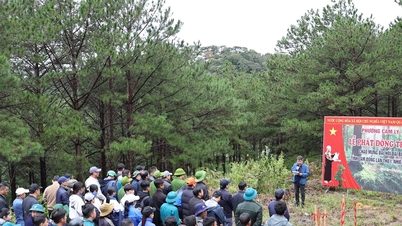

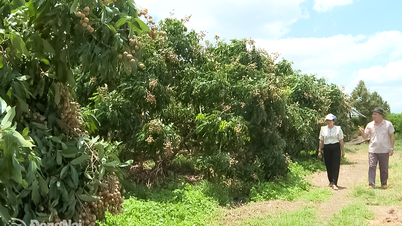



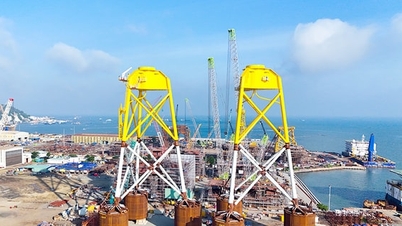












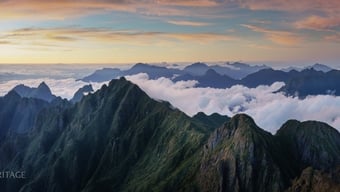

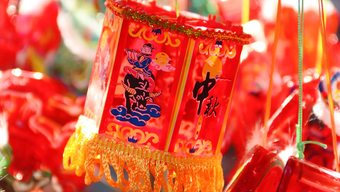
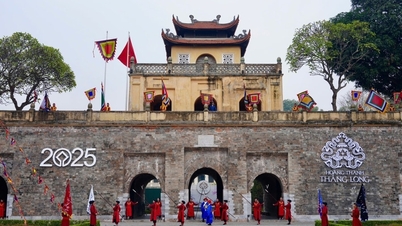



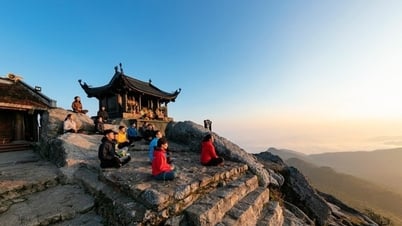





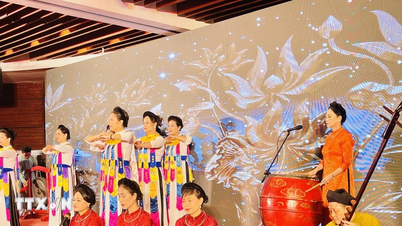



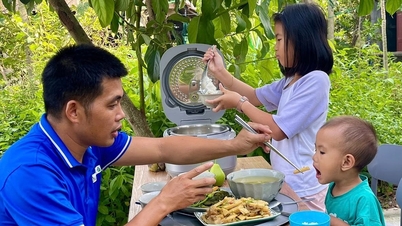

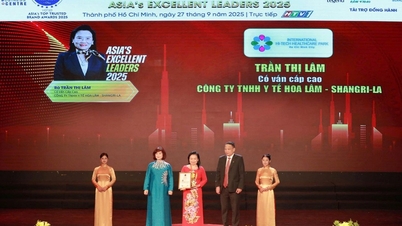

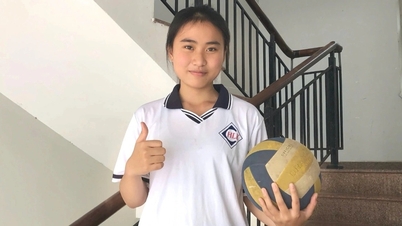
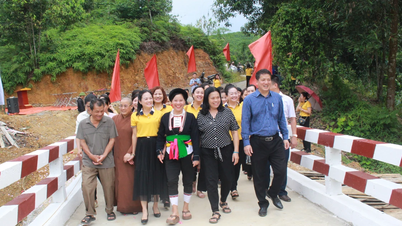



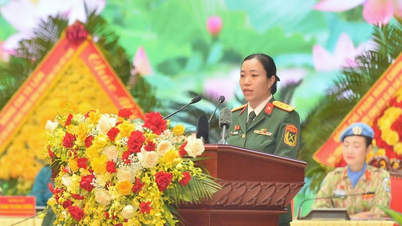



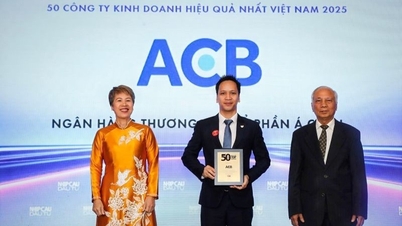

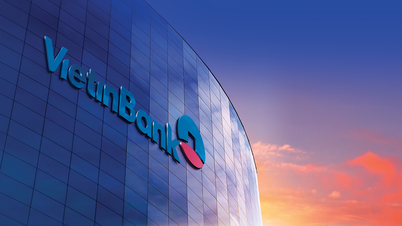



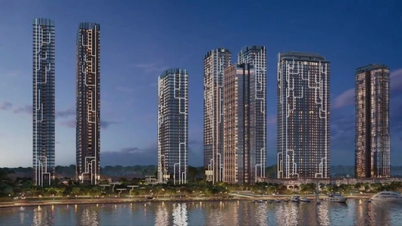
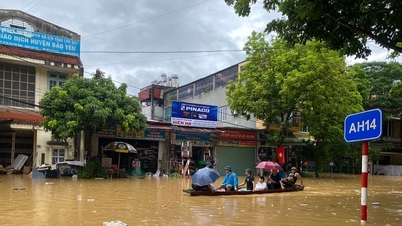

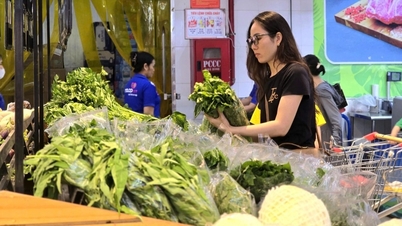









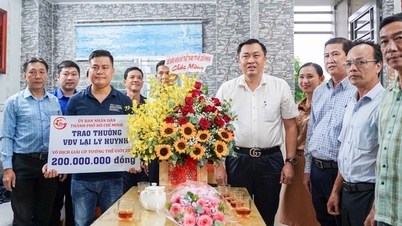
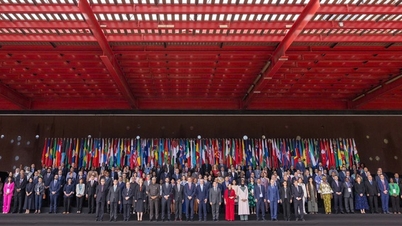


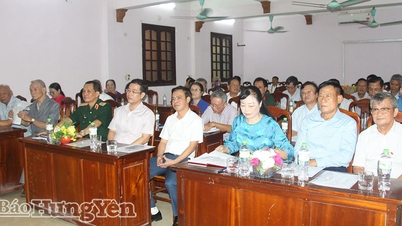
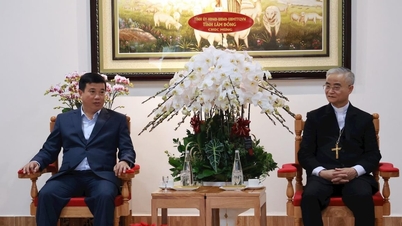


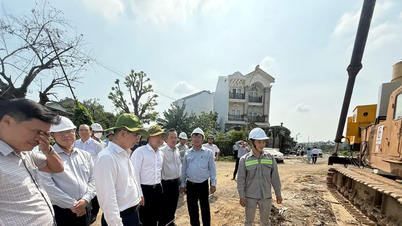
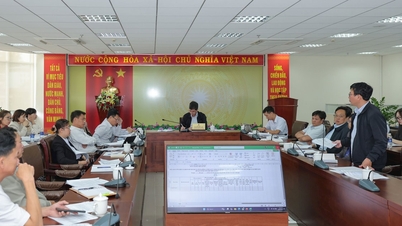






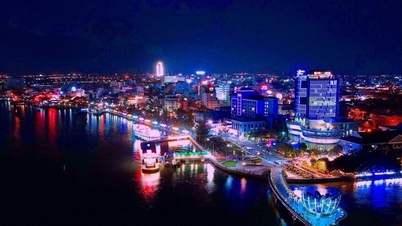



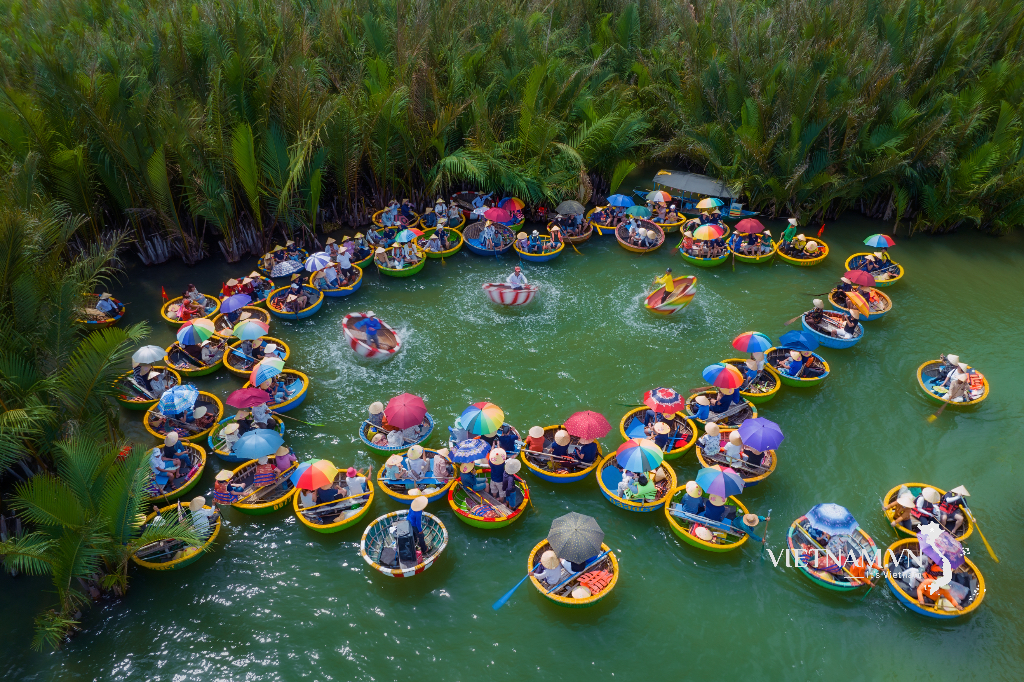
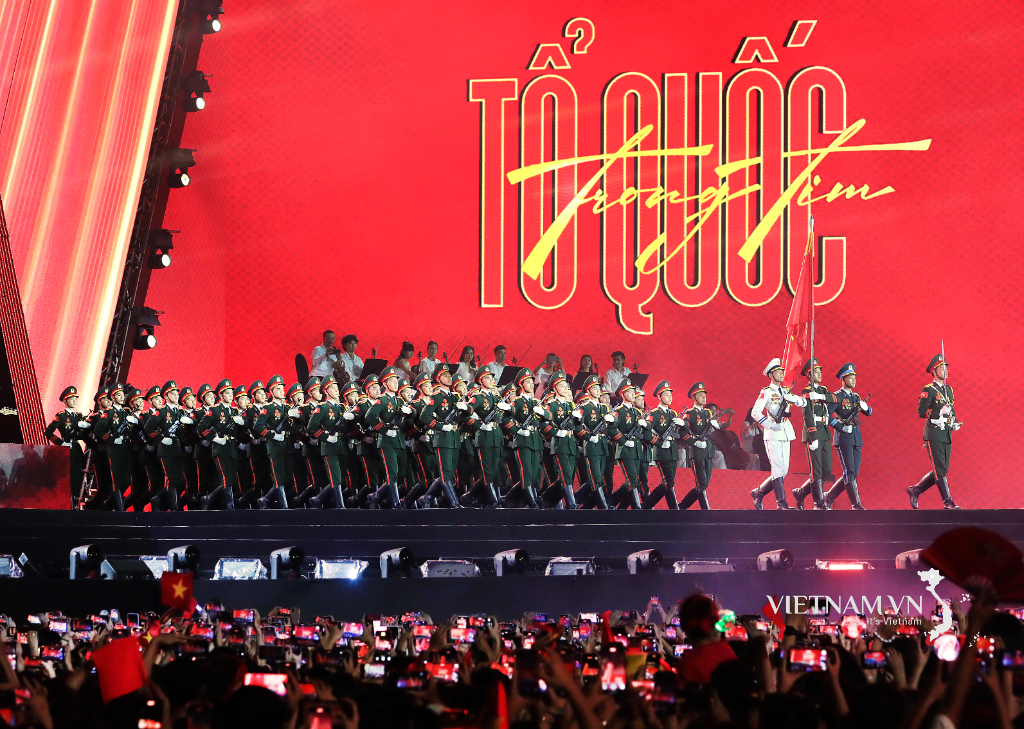

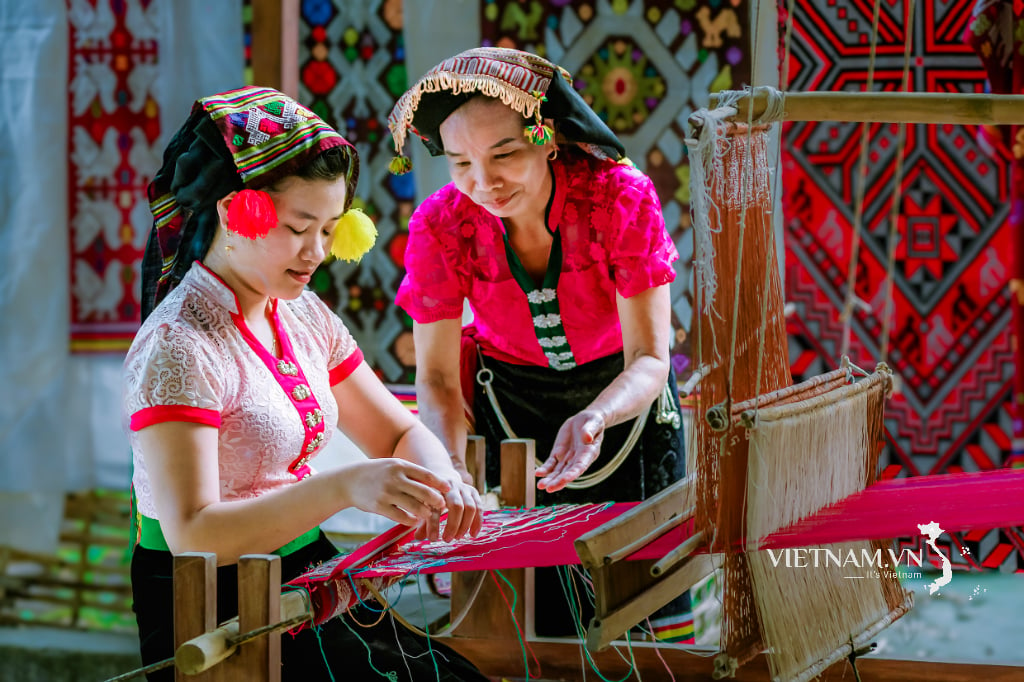
Comment (0)